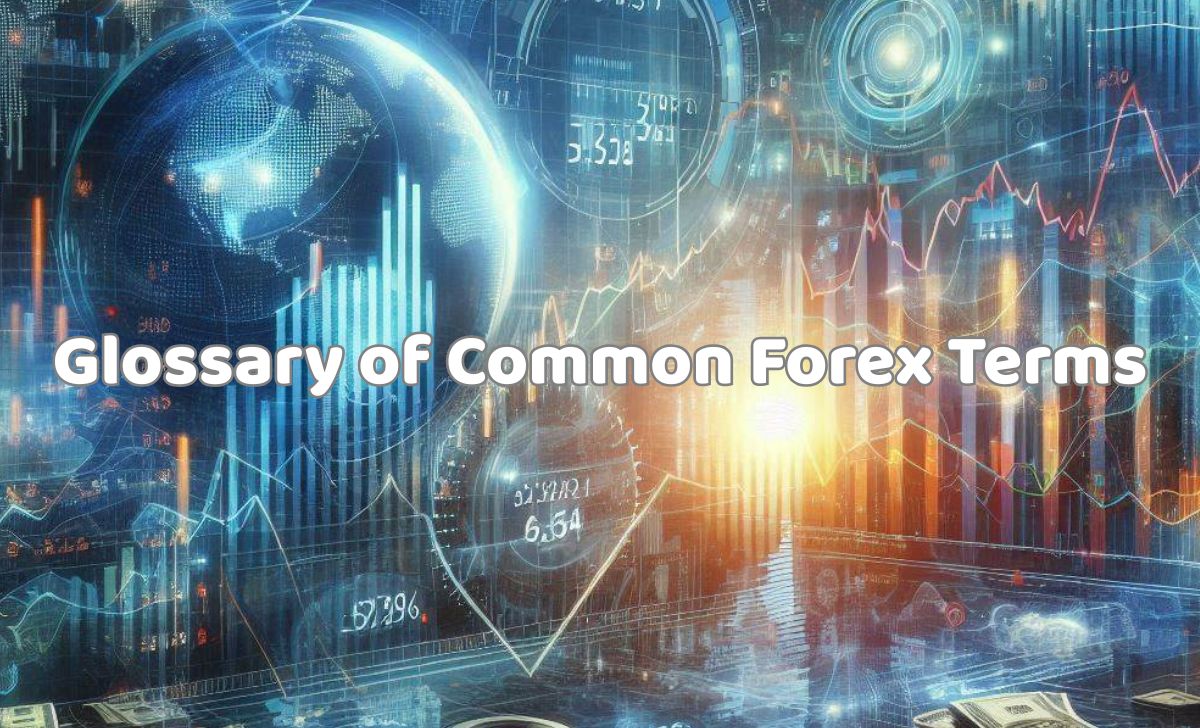Discover the Complete Definition, Classification, Glossary, and Importance of Forex Terminology to Help You Trade with Confidence and Accuracy.
Forex Terminology: Definition, Classification, Common Terms and Importance
Whether you’re new to the forex market or an experienced trader, understanding forex terminology is a key factor that determines your success in trading. Every order you place, every chart you read, every strategy you implement — all are closely tied to the specific language of the forex world. So, have you truly mastered the unique language of the forex market?
Whether you’re starting from scratch or reinforcing your knowledge, this article will provide you with a comprehensive definition of forex terms, their classification, a handy glossary, and their importance — so you can trade with greater confidence with FOREX89.
What Is Forex Terminology?

Forex terminology refers to a set of specialized words and phrases used in the foreign exchange market. These terms describe every aspect of trading from currency pairs and trading strategies to risk management tools. Just like any professional field, forex trading has its own “language.” Without a clear understanding of these terms, it’s easy to get confused when reading materials, analyzing the market, or using a trading platform.
Imagine misunderstanding the term “leverage” and unintentionally opening a position ten times larger than intended the consequences could be devastating. That’s why learning forex terms and knowing how to categorize them is not only useful but essential for professional trading.
Classification of Forex Terminology

At Etoro, to make learning easier, we’ll divide the most common forex terms into groups based on their function and role in trading.
Basic Terms
These are the foundational concepts every trader must understand:
- Currency Pair: Includes two currencies, UR/USD or USD/JPY. The first is the base currency, and the second is the quote currency.
- Base & Quote Currency: In EUR/USD, EUR is the base currency (what you’re buying), and USD is the quote currency (what you’re selling).
- Pip (Percentage in Point): The smallest unit of price change in a currency pair. Usually, 1 pip = 0.0001.
- Lot: The standard unit of trading volume in forex. 1 standard lot = 100,000 units of the base currency.
- Spread: The difference between the bid (buy) and ask (sell) price.
- Leverage: Allows you to control a larger trade size than your actual capital.
- Margin: The amount of money required to open or maintain a leveraged position.
Trading-Related Terms
These terms relate directly to order placement and trade execution:
- Long & Short: Going long means buying with the expectation of price going up. Going short means selling with the expectation of price going down.
- Bid & Ask: The bid is the highest price a buyer is willing to pay. The ask is the lowest price a seller is willing to accept.
- Stop Loss (SL) & Take Profit (TP): SL is a predefined point to cut losses. TP is the target point to secure profits.
- Order Types: Market Order: Executes immediately at the current market price. Limit Order: Executes when price reaches or exceeds a specified level. Stop Order: Triggers a trade when the market reaches a set price.
- Slippage: The difference between the expected price and the actual execution price, usually in volatile markets.
- Drawdown: The reduction in account equity from peak to trough, expressed as a percentage.
Analysis & Strategy Terms
To analyze and predict market movements, you’ll need to understand:
- Fundamental Analysis (FA): Based on economic, political, interest rate, and news events.
- Technical Analysis (TA): Uses charts, price patterns, and indicators to forecast trends.
- Support & Resistance: Price levels where the market tends to reverse. Support = floor, Resistance = ceiling.
- Trendline: A line connecting highs or lows to indicate market direction.
- Popular Indicators:
- RSI: Measures trend strength.
- MACD: Analyzes trend momentum and shifts.
- Moving Average: Average prices to determine long-term trends.
Risk Management & Trading Psychology Terms
Not just technical psychology and risk control are equally vital:
- Risk-Reward Ratio: Example: 2:1 means risking $50 to earn $100.
- Position Sizing: Trade size based on account size and risk tolerance.
- Overtrading: Trading excessively due to emotion, often leading to losses.
- FOMO (Fear of Missing Out): Emotional urge to jump into a trade due to market movement.
- Greed & Fear: Two powerful emotions that often lead to poor trading decisions.
After knowing how to classify, we will explore the common forex terms below.
Glossary of Common Forex Terms

| Term | Definition | Example |
| Pip | Smallest unit of price movement | EUR/USD rises from 1.1000 to 1.1001 = 1 pip |
| Spread | Difference between bid and ask prices | Bid: 1.1000, Ask: 1.1002 → Spread = 2 pips |
| Leverage | Trade large volume with smaller capital | 1:100 leverage → $100 capital = $10,000 trading power |
| Lot | Standard unit of trade | 1 lot = 100,000 units of base currency |
| Stop Loss | Automatic stop to limit losses | SL set 50 pips away from entry point |
So why is it important to understand forex terminology? We will find out in detail in the next content.
Why Is Understanding Forex Terminology So Important?
- Avoid Costly Mistakes: Misunderstanding pip, lot, or leverage can lead to rapid account loss.
- Improve Learning Efficiency: Trading materials often use technical terms. Without understanding them, you’ll quickly feel overwhelmed.
- Enhance Communication: When talking to brokers, mentors, or the trading community, using the correct terms is essential.
- Trade with Confidence: When you understand everything clearly, you can make calm and decisive trading choices.
To learn forex terminology effectively, you can apply the following methods.
How to Learn Forex Terminology Effectively

You can master forex terms more easily by:
- Using Forex Dictionaries: Check out Investopedia, BabyPips, or broker websites.
- Reading Trading Books: Such as Currency Trading for Dummies or technical analysis books.
- Joining Forums: Like Forex Factory, Reddit’s r/Forex, or TradingView.
- Practicing on Demo Accounts: Learn and apply terminology in real-time simulations.
- Using Flashcards & Quizzes: Tools like Anki or Quizlet for quick review and memory reinforcement.
Mastering forex terminology is the first step toward building a strong foundation in trading. From reading charts and placing orders to market analysis everything revolves around understanding the language of forex. Don’t let jargon discourage you keep learning, applying, and practicing regularly.

Adam Mass is the CEO of Forex89.com and a leading financial expert specializing in Forex trading and investment strategies. With extensive experience in global markets, he has built a reputation for providing in-depth market analysis and innovative trading solutions. Under his leadership, Forex89.com has become a trusted platform for traders seeking insights, education, and cutting-edge financial tools. Email: [email protected]













